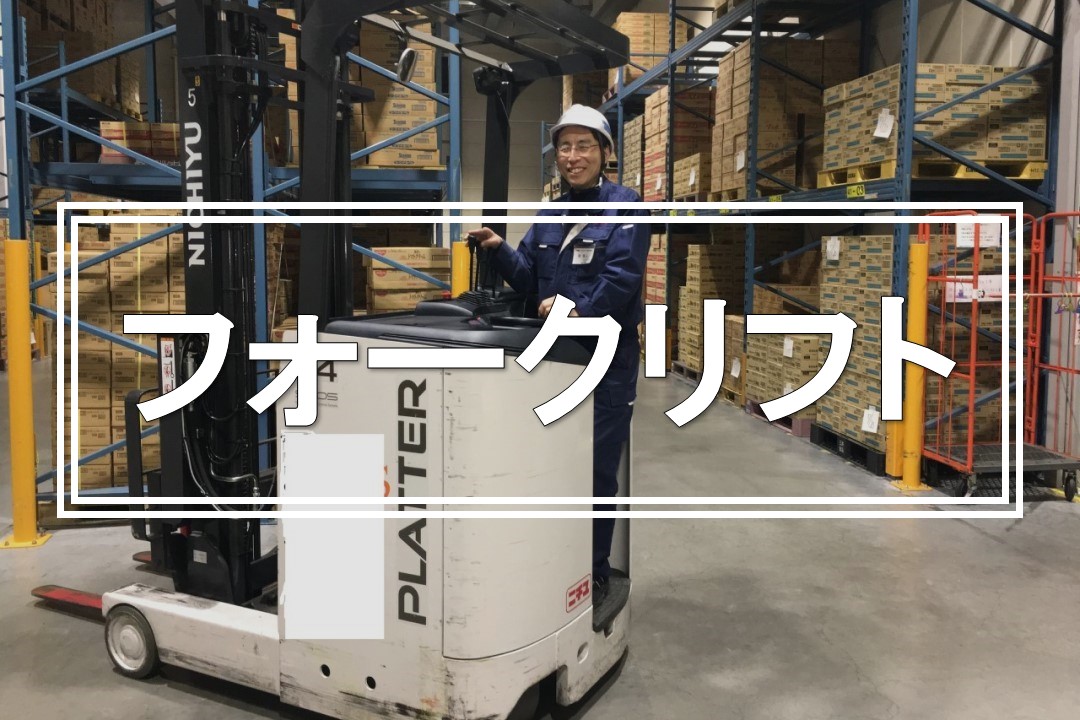How to Build a Culture of Continuous Improvement
페이지 정보
작성자 Katrina 작성일 25-10-18 04:24 조회 4 댓글 0본문
Creating a culture of continuous improvement starts with leadership that truly believes in growth. It is not about launching a one-time initiative or installing a digital platform. It is about reshaping everyday behaviors and mindsets. Leaders must model the behavior they wish to see. This means owning errors with humility, regularly inviting input, and demonstrating deep interest in optimization. When people see their leaders open to change, they feel safe to speak up.
Every team member, regardless of title should feel empowered to identify small optimizations. This could be as easy as streamlining a routine task or spotting an unnecessary step and suggesting a smarter approach. Tiny adjustments create massive long-term impact. Encourage teams to dedicate a few minutes weekly to celebrate wins and analyze setbacks. Turn it into a routine, 設備 工事 not a side task.
Recognition is a powerful catalyst. When someone offers insight that improves outcomes, acknowledge it publicly. A handwritten card can reinforce desired behavior. Shout-outs in newsletters makes people believe their voice counts. If feedback is met with silence, engagement will plummet.

Provide resources to identify problems and test ideas. Introduce proven frameworks like fishbone diagrams or Plan-Do-Check-Act. Empower teams to run small experiments. Not every idea will succeed, and that’s perfectly okay. Mistakes are not endpoints—they are essential parts of learning. Foster an environment that honors experimentation, even if the result falls short.
Transparency drives alignment. Share successes across departments. When a unit enhances a system, let others know how they did it. This strengthens cross-functional ties and accelerates organizational learning. Schedule consistent reflection sessions. What changed last quarter? Keep the conversation alive.
Finally, resist the urge to rush change. Mindsets evolve gradually. It grows steadily via repeated habits. Through shared values and consistent reinforcement, people feel respected, heard, and empowered. When that happens, they instinctively look for better solutions. That is the heart of continuous improvement. It is not a project. It is a way of being.
댓글목록 0
등록된 댓글이 없습니다.
